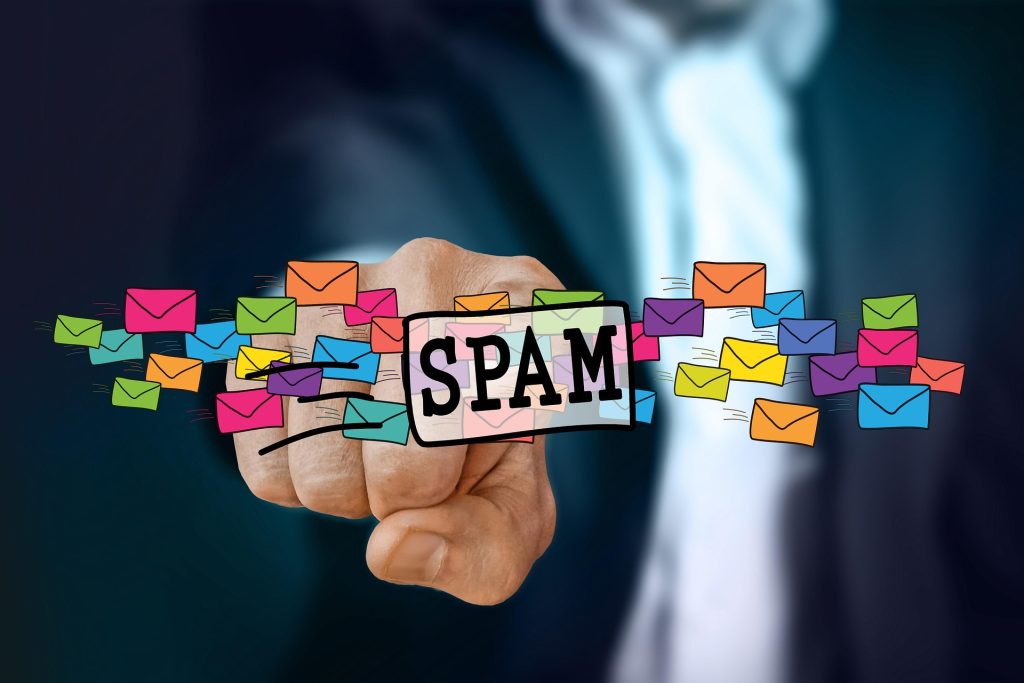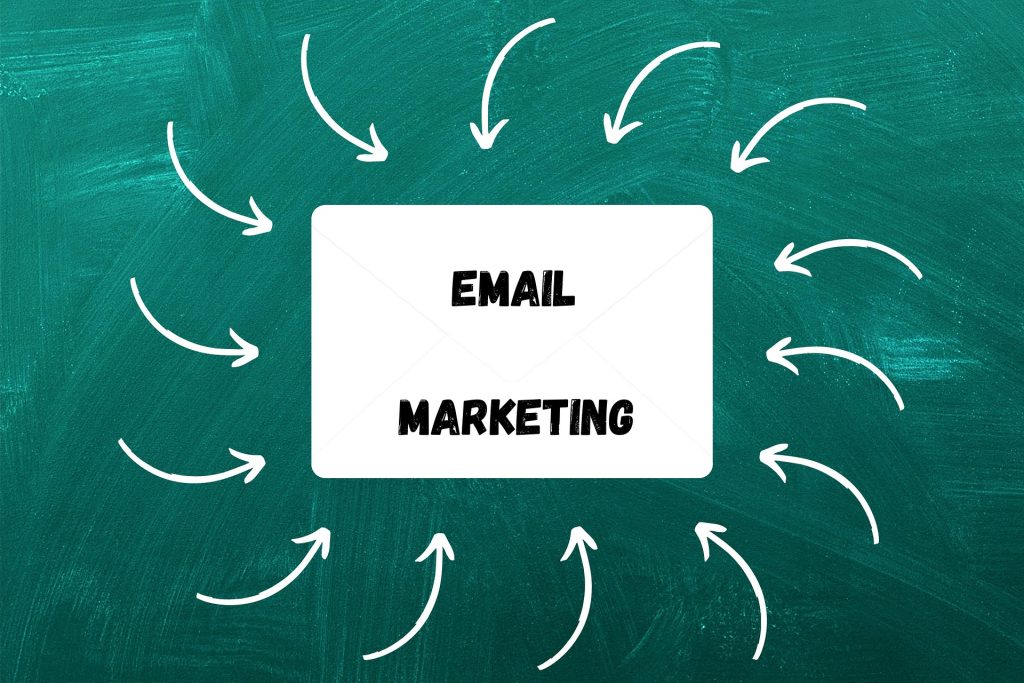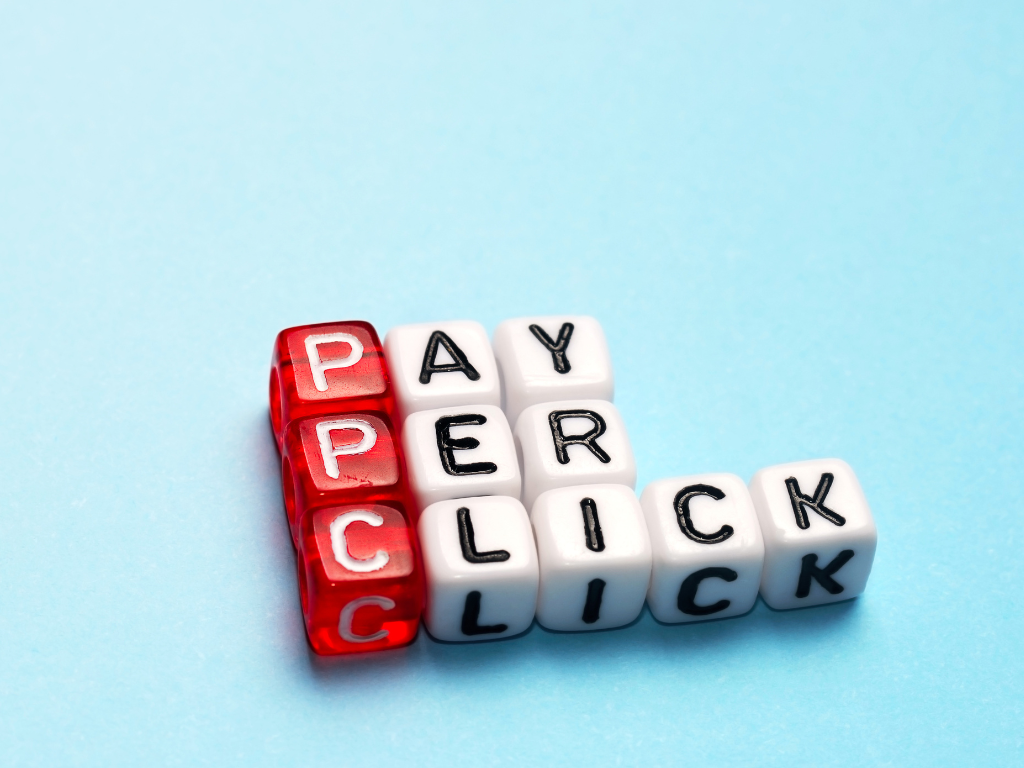How to Avoid the Spam Folder: Email Marketing Best Practices

Email is one of the most powerful tools in digital marketing. It helps you connect with customers in a personal way, build trust, and share useful updates. However, many emails never reach the inbox. Instead, they get lost in the spam folder. This can hurt your business, waste your efforts, and reduce trust with your audience.
The good news is that you can take simple steps to avoid the spam folder. With the right practices, your emails can stay in front of the people who matter most. Let’s explore how to make that happen.
Why Emails End Up in Spam
Before we talk about solutions, it is important to know why emails go to spam. Email service providers, like Gmail or Outlook, want to protect users from unwanted or harmful messages. Because of this, they use filters to decide where each email should go.
Here are some common reasons your emails might end up in spam:
- Poor sender reputation: If your domain or IP address has been flagged before, it may be marked as spam.
- Unclear permission: Sending emails to people who never signed up can trigger spam filters.
- Spammy words: Words like “free!!!” or “act now” in subject lines often look suspicious. HubSpot provides an excellent guide on avoiding spam filters
- Bad formatting: Emails that are full of images, broken links, or too many capital letters often raise red flags.
- Inactive lists: If you keep sending emails to people who never open them, providers may stop trusting your messages.
(For more details, check Google’s guide on Postmaster Tool.)
Understanding these risks helps you take action to prevent them.
Build Trust with Permission
Trust is the foundation of good email marketing. Without it, your emails are more likely to be ignored, deleted, or flagged. The first step to trust is gaining clear permission.
Always use opt-in forms on your website or landing pages. This way, people willingly sign up to hear from you. A double opt-in, where subscribers confirm their email address after signing up, adds another layer of trust.
Also, explain clearly what type of content subscribers will receive and how often. For example, if you promise a weekly newsletter, stick to that plan. When people know what to expect, they are less likely to mark your email as spam.
Write Clear and Honest Subject Lines
The subject line is the first thing people see. It decides whether your email gets opened or ignored. Because of this, it must be clear, honest, and respectful.
Avoid clickbait like “You won’t believe this!!!” or “Act NOW before it’s too late.” These phrases may catch attention, but they also trigger spam filters. Worse, they damage trust with your readers.
Instead, write subject lines that match the content inside. For example:
- “Tips to grow your small business online”
- “This week’s guide to better SEO”
- “Special offer just for our loyal customers”
Also, keep subject lines short—ideally under 50 characters. This makes them easy to read on mobile devices.

Balance Text and Images
Emails filled with too many images often land in spam. This is because spammers use images to hide words or trick filters. On the other hand, emails with only plain text can feel dry. A good balance makes your emails more trustworthy and engaging.
Here are some simple tips:
- Use one or two images at most.
- Add text around each image to explain it.
- Always include alt text for images in case they don’t load.
- Keep your design clean and easy to read.
Remember, the goal is to make your email look professional, not flashy or suspicious.
Personalize Your Content
People respond better to emails that feel personal. Also, personalization helps reduce the risk of spam because it shows you are sending relevant content to the right person.
Simple ways to personalize include:
- Use the subscriber’s name in the greeting.
- Suggest content or products based on past behavior.
- Segment your email list by interest, location, or activity.
For example, if someone signed up after reading about website design, send them tips about design rather than unrelated offers. Because of this, they are more likely to engage with your emails instead of ignoring them.
Keep Your Email List Clean
An updated list helps you avoid spam issues. Email providers notice when you keep sending messages to inactive addresses. Over time, this weakens your reputation.
To stay safe, clean your list often:
- Remove people who have not opened your emails for six months or more.
- Watch for fake or misspelled email addresses.
- Offer an easy way to unsubscribe.
Although it may feel hard to cut down your list, a smaller but engaged audience is better than a large list full of inactive users.
Use a Reliable Email Service Provider
Your tools matter as much as your content. A reliable email service provider (ESP) helps you stay compliant with best practices. Many ESPs also offer features that protect you from being flagged as spam.
Look for providers that:
- Support authentication methods like DKIM, SPF, and DMARC.
- Offer list segmentation and automation.
- Provide analytics so you can track opens, clicks, and bounces.
- Make it easy to design professional, mobile-friendly emails.
Mailchimp is one example of a trusted email marketing service. By using the right provider, you reduce the technical risks and focus more on building strong relationships with your audience.
Monitor Your Metrics
It is not enough to send emails and hope for the best. You also need to check how your emails perform. Monitoring your metrics helps you spot problems early.
Pay attention to:
- Open rates: Low open rates may mean poor subject lines or a damaged sender reputation.
- Click-through rates: If people open but don’t click, your content may not match their needs.
- Bounce rates: High bounces mean your list is outdated.
- Spam complaints: Even a small number of complaints can harm your reputation.
Also, try A/B testing different subject lines or email designs. Small changes can lead to big improvements.
Respect Frequency and Timing
Even if your emails are useful, sending them too often can overwhelm your audience. On the other hand, sending too rarely may cause people to forget who you are. Both extremes increase the chance of being marked as spam.
Aim for a steady rhythm that matches your promise. For example, if you promised weekly updates, send them once a week. Next, consider the timing. Emails often perform better when sent mid-morning or early afternoon, though this can vary.
Respecting your audience’s time shows care, and that care builds long-term trust.
Quick Best Practice Checklist
To summarize, here are key steps to avoid the spam folder:
- Always get clear permission with opt-ins.
- Write honest, clear subject lines.
- Balance text and images.
- Personalize your content.
- Keep your list clean.
- Use a trusted email service provider.
- Track your performance metrics.
- Respect frequency and timing.
These steps may seem simple, but together they make a big difference.

Conclusion
Email marketing works best when it is built on trust, clarity, and respect. When you focus on permission, personalization, and honest communication, your emails are more likely to stay in the inbox. Also, by monitoring your results and using the right tools, you can keep improving over time.
At Nyiko Digital, we believe in making digital marketing accessible for everyone. By following these best practices, you not only avoid the spam folder but also build stronger, lasting connections with your audience.



